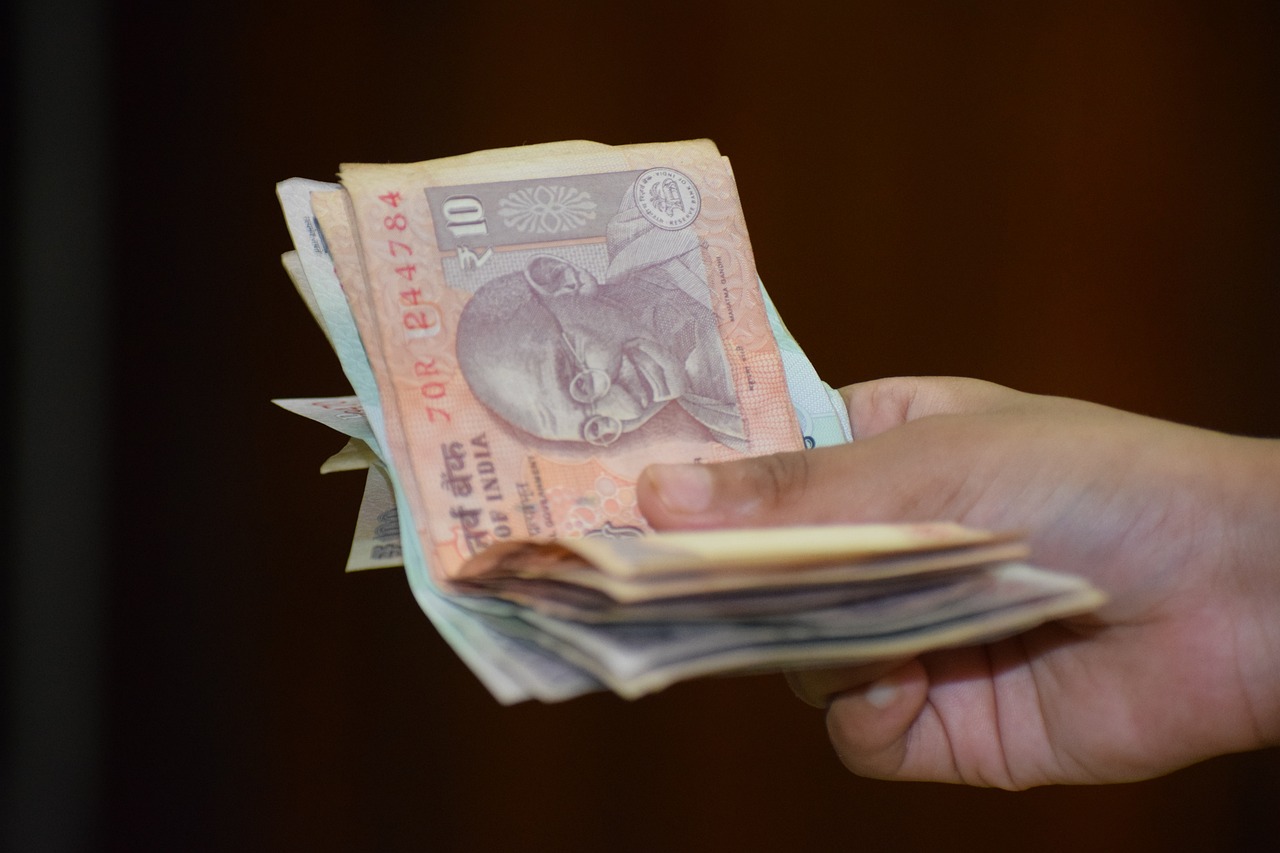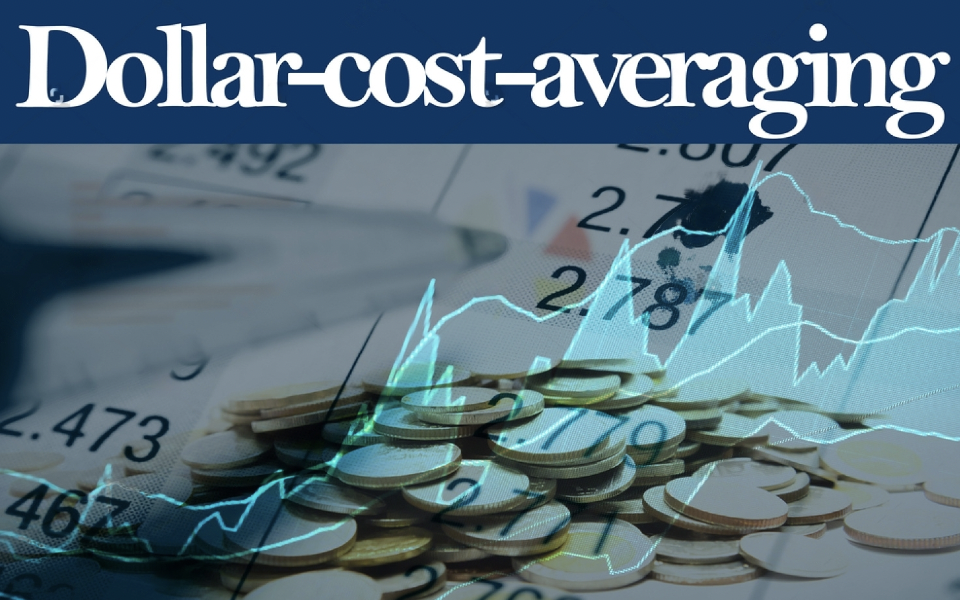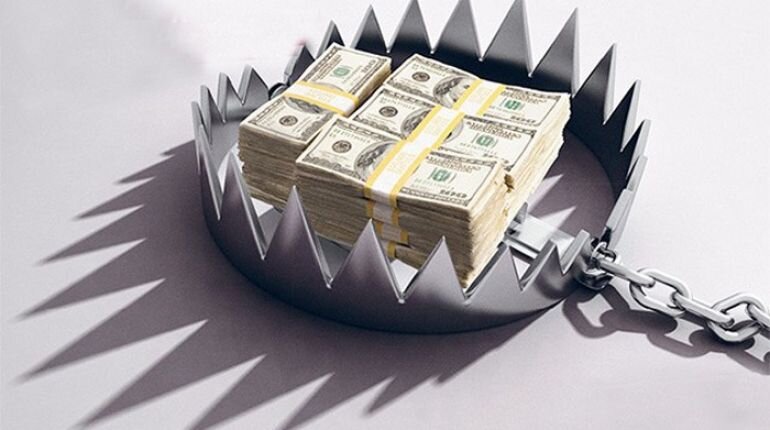Stagflation is the full name of stagnant inflation, also known as depression inflation or inflation recession. In economics, especially macroeconomics, it refers to the economic phenomenon in which economic stagnation and high inflation, unemployment and recession coexist. The result of the long-term inflation is that prices are rising, but the economy is stagnant.
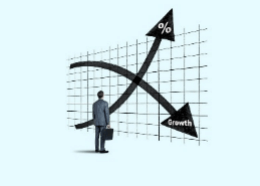
For a long time, the economies of Western countries generally behave as follows: when the economy is booming, prices rise and the unemployment rate falls, while in the recession, prices fall and the unemployment rate rises. Therefore, Western economists believe that unemployment and inflation are moving in opposite directions.
However, since the late 1960s and early 1970s, the major capitalist countries in the West have experienced great economic depression, resulting in massive unemployment and severe inflation, accompanied by continued price increases. Therefore, the facts generally believed by the academic circles have been broken in this economic crisis. This economic phenomenon is called stagflation.
The forms of stagflation are mainly divided into three types: intervention stagflation, import stagflation and comprehensive stagflation.
Intervention-type stagflation is mainly a phenomenon in which the country intervenes in the economy in order to get rid of the traditional economic crisis and issues a large amount of currency. After a period of development, the economy goes into a downturn again, which is eventually accompanied by inflation.
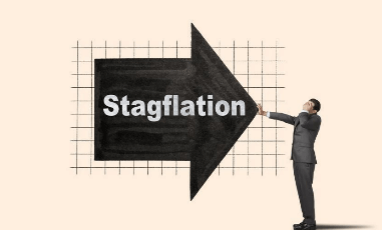
Imported stagflation is mainly due to the sharp rise in the prices of imported raw materials, especially the rise in the prices of production materials, such as oil and steel, resulting in a rapid rise in the prices of manufactured goods and daily necessities, resulting in a decline in income expectations and a decrease in investment, which causes stagflation crisis.
Comprehensive stagflation is the combination of the former two causes of stagflation, and is the superposition of the two crisis factors. Stagflation is more harmful, more difficult to get rid of and overcome, it takes longer, has greater impact, and is more destructive.
It is difficult for the government to rely on a single monetary policy to eliminate stagflation. That is mostly impossible. Suppose a tightening monetary policy is adopted, once interest rates are raised, the operating costs of enterprises will increase, and the economy may become more depressed and even lead to setbacks. On the contrary, if a loose monetary policy is adopted, which means to lower the interest rates, it would stimulate economic growth, but also would trigger hyperinflation.
Therefore, the government should expand public fiscal spending, reduce taxes, and moderately raise interest rates to suppress inflation, which can gradually eliminate stagflation over time. But this approach may increase the national debt burden.
So how do you invest to keep your wealth in the stagflation crisis? Here is advice that may be helpful for you:

In stagflation, commodities, short-term bonds and cash are the best combination to invest; followed by public utilities, pharmaceuticals and other stocks with low demand elasticity, again, some industrial stocks, and financial, real estate and consumer discretionary stocks are also good choices.


